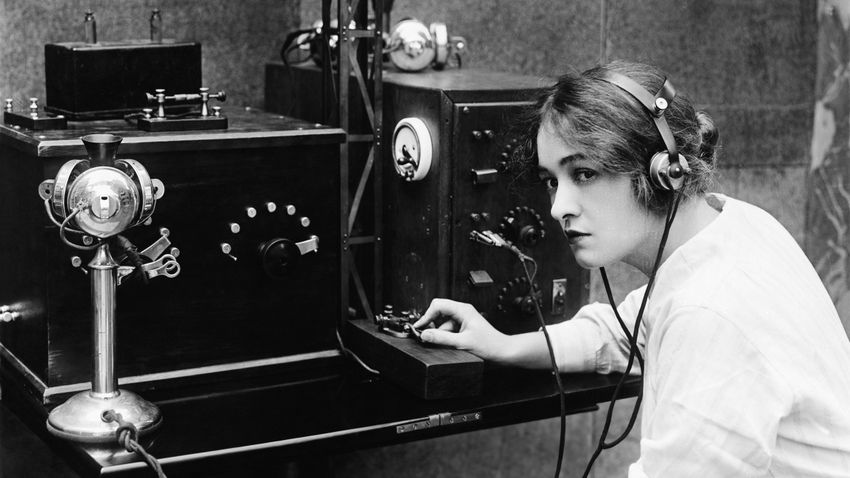The Morse telegraph was considered a huge discovery, became very popular, and was not used globally until the end of 1999. The Washington Congress at that time did not realize the importance of the invention in bringing about a new era, and voted thirty thousand dollars to build a telegraph line between Baltimore and Washington only in 1843 , and even then with a majority of barely six votes. On May 24, 1844, the first message was broadcast, a biblical quotation from the fourth book of Moses: “What Will God Do.” The electric telegraph line was officially opened to the public on April 1, 1845. The first telegraph line in our country was opened on December 27, 1847, between Vienna and Bratislava (the current Slovak capital, at that time still belonging to Hungary).
Morse became known primarily as a portrait painter and sculptor
Samuel Finley Pryse Morse was born on April 27, 1791 in Charlestown, Massachusetts. At Yale University, he studied religious philosophy and mathematics, and also listened to lectures on electricity, which was considered new at the time. He was not originally a scholar, but rather a trained painter, so much so that after university he made a living by drawing and became known primarily as a painter and sculptor. A devoted supporter of the arts, he became a founding member of the National Academy of Design, founded in New York in 1825, and was elected its president in 1826. Coming from a wealthy family, he studied European painting in England between 1811 and 1815, and from 1829 he copied works by Famous painters are exhibited in the Louvre Museum in Paris, and in 1832 he returned to America where he obtained a position as professor of painting at New York University, where he began chemistry and dealing with electronic experiments. It was then that he conceived the idea of an electromagnetic telegraph, the first, still very primitive plan that he outlined on October 19, 1832, after another study trip to Europe, when he encountered the new scientific achievements in Paris. He became interested in electromagnetism after traveling on a sailing mail ship with Professor Charles Thomas Jackson, who was entertaining his fellow passengers with an electromagnet. Morse witnessed several experiments of the scientist dealing with electromagnetism, and then, as a result of the experiences he gained there, he himself began to deal with a science far removed from art.
The beginning was not smooth
However, the implementation of the telegraph faced difficulties because Morse was interested in electricity, but his knowledge was very incomplete. By chance, he met the physicist Joseph Henry, who gave him practical advice, but was also helped by Leonard Gale, a science professor at New York University. The persistent Morse finally succeeded in creating the first telegraph, which he demonstrated on September 4, 1837. Morse presented an improved version of the device a few months later, on February 20, 1838, before an official committee in Washington, and in 1839 he developed the set of raster lines that became the signaling system The International Standard Code – Morse code, later named after him – was patented in 1840. Slavery was of divine origin, right and therefore justified.
Telegraph
Its purpose is to transmit data over long distances. Wire telegraph was the first widespread telegraph system that could be used continuously. Before this, various mechanical and optical telegraph systems were expensive, difficult to use, and their operation was affected by weather and time of day. This is why Morse’s invention was so important.
At first, as mentioned, the distance between transmitter and receiver was half a kilometre, but later it worked well even from a distance of ten miles, and by installing new signal receivers in each section, it could cross almost any distance. The message was first sent over a distance of 40 miles in May 1844, and within a year it could be used by the general public. Morse developed and patented a simple coding system that could be learned, encoded, and decoded within reasonable speed limits. A push button or switch is sufficient for transmission. Originally, a writing device connected to an electromagnet drew the received symbols onto a paper strip pulled by a clock mechanism on the receiving side, thus solving the authentication of the received message. In 1848, telegraph operation began in all US states east of the Mississippi River, and in 1852, the length of telegraph lines had already circled the Earth, and the first transatlantic cable between the United States and Ireland was completed in 1858.












































